Ancient news stories
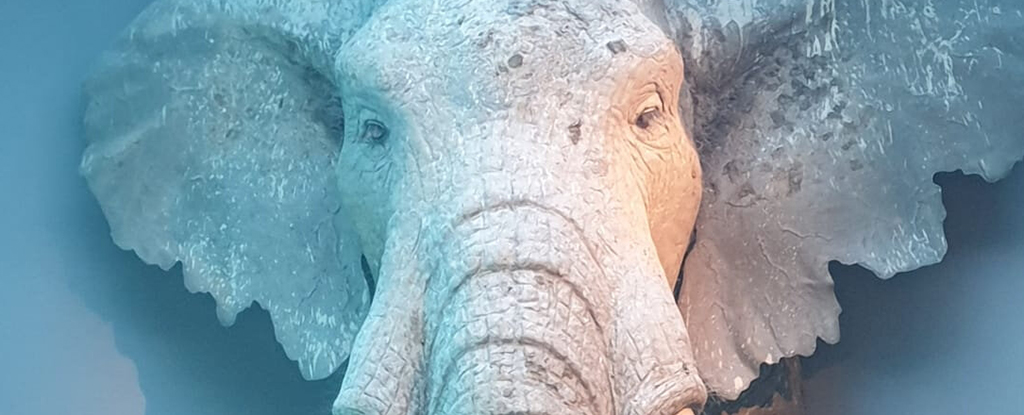
A new analysis of 125,000-year-old bones from around 70 elephants has led to some intriguing new revelations about the Neanderthals of the time: that they could work together to deliberately bring down large prey, and that they gathered in larger groups than previously thought.
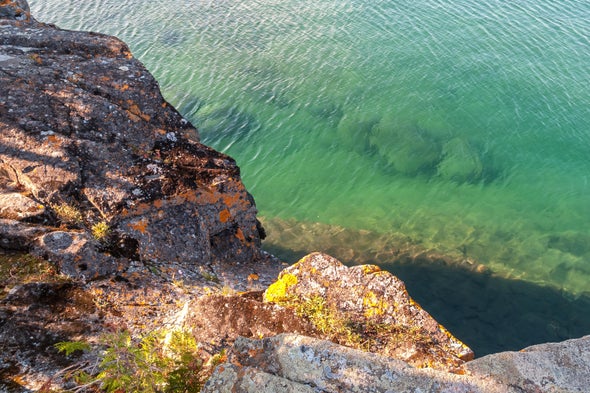
Copper’s allure has endured for millennia. Both ancient and modern mines for the extremely useful metal abound in North America’s Lake Superior region; long before modern miners extracted the ore from deep underground, local Indigenous communities dug it from shallow pit mines.
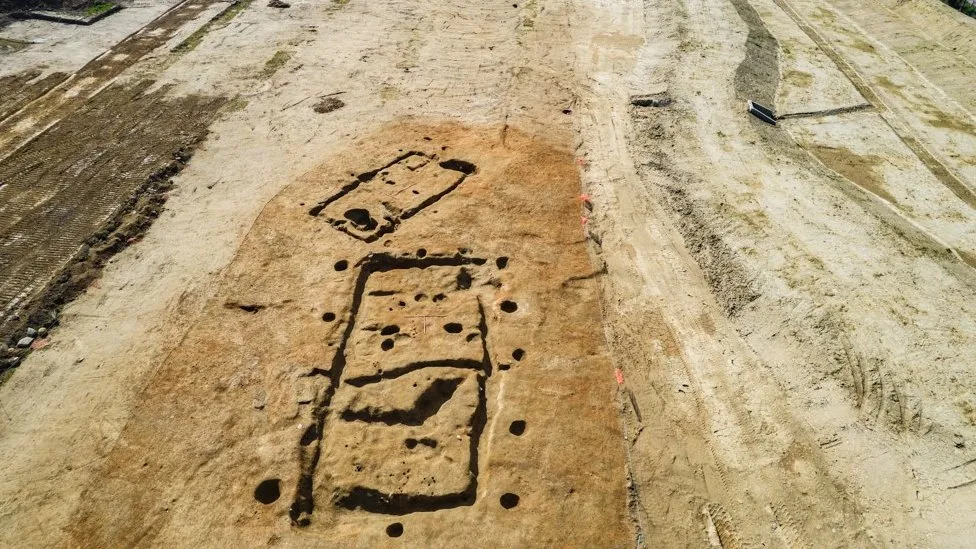
The discovery of a Neolithic era settlement is helping shed new light on how people lived on the shores of Lough Foyle some 5,000 years ago.

New, sophisticated models combined recent improvements in demography and models of wayfinding based on geographic inference to show the scale of the challenges faced by the ancestors of Indigenous people making their mass migration across the supercontinent more than 60,000 years ago.
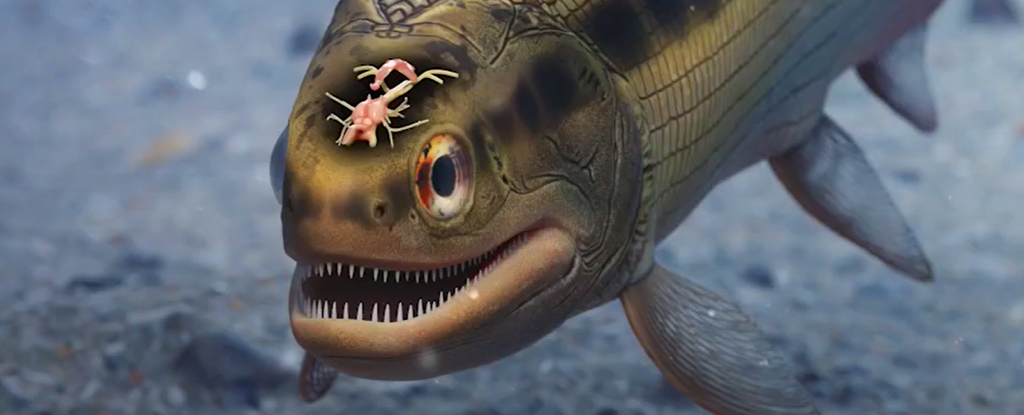
Paleontologist Matt Friedman was surprised to discover a remarkably detailed 319-million-year-old fish brain fossil while testing out micro-CT scans for a broader project.

Biological amino acids could have celestial or terrestrial roots. An experiment simulated their formation in deep space—but the mystery isn’t solved yet.
Image from: ESO (Wikki Commons)
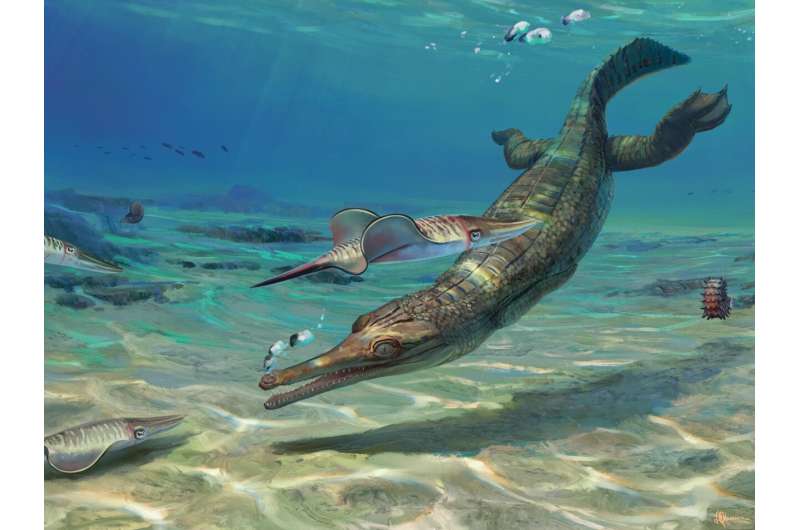
A new study has uncovered a new thalattosuchian—an ancient ‘sister’ of modern-day crocodiles’ ancestors.
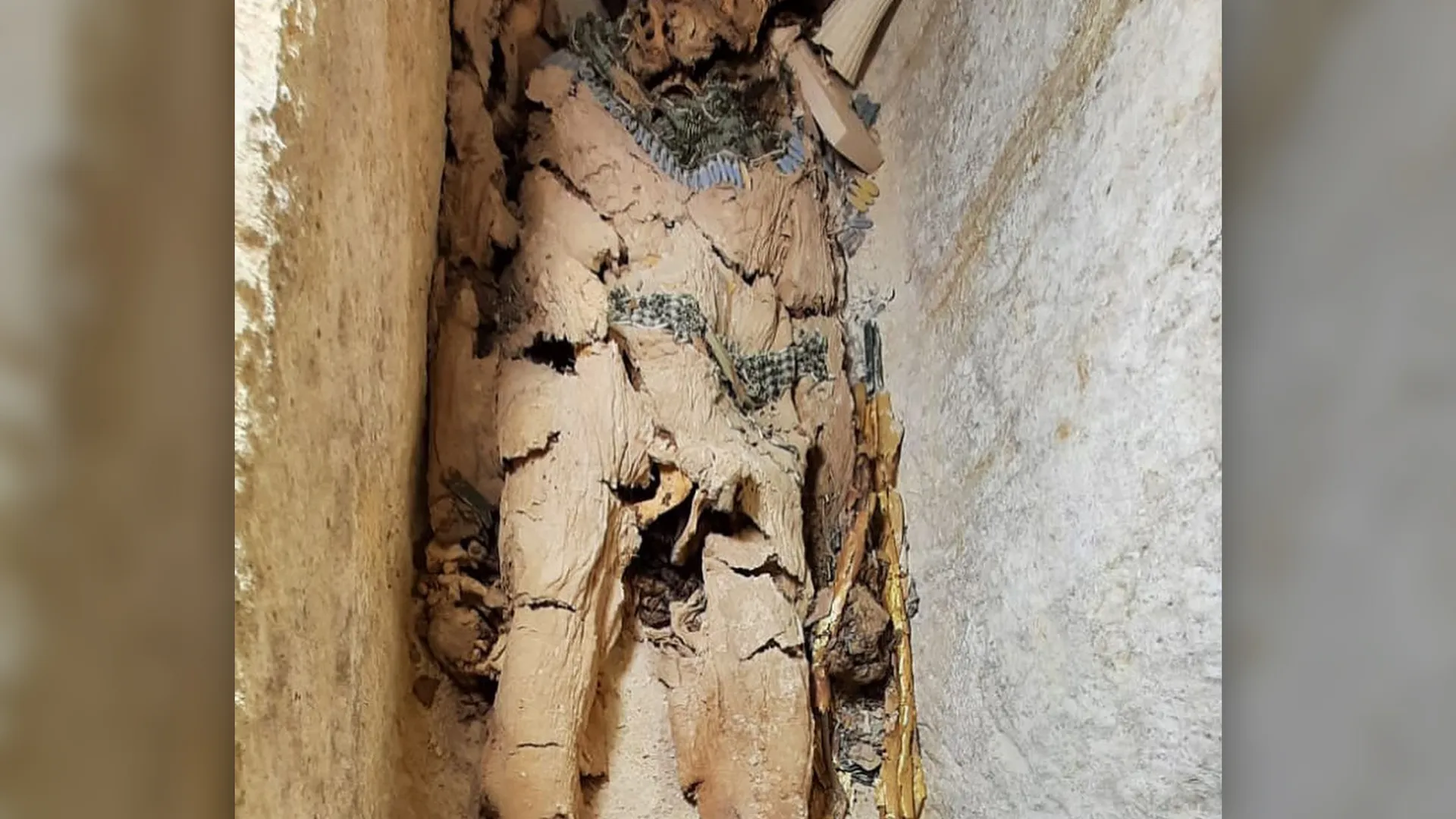
An ancient Egyptian mummy is the oldest covered with gold, but it’s not the oldest ancient Egyptian mummy on record….The oldest embalmed mummy in Egypt predates the pharaohs; the remains of a man who was placed in a fetal pose about 6,000 years ago.

Now, there’s more research to back up the Big Bang. Recently, researchers took a more careful look at the data and determined that the distant galaxies discovered by the James Webb Space Telescope are, indeed, perfectly compatible with our modern understanding of cosmology.
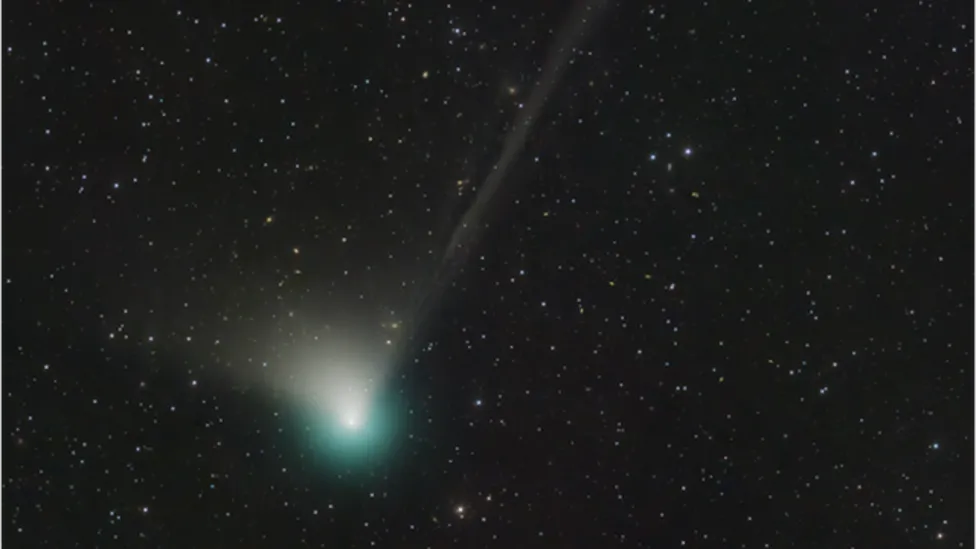
A newly discovered comet will make its closest approach to our planet on Wednesday.Astronomers say the object’s journey toward us took around 50,000 years.

Two ancient clay tablets discovered in Iraq and covered from top to bottom in cuneiform writing contain details of a “lost” Canaanite language that has remarkable similarities with ancient Hebrew.
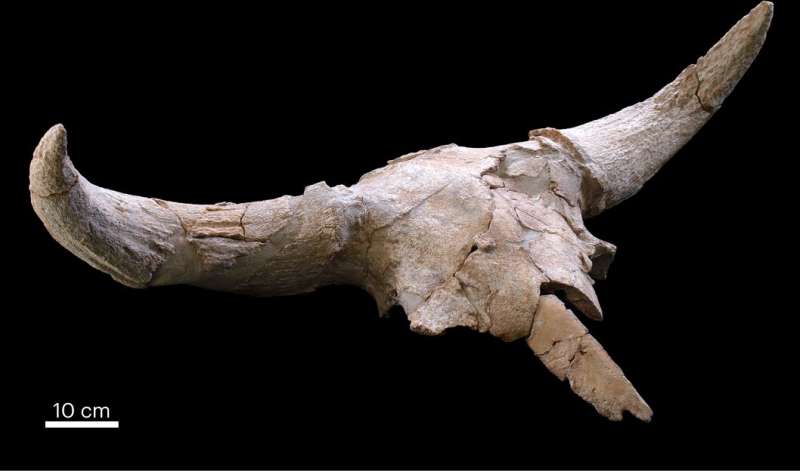
A team of researchers affiliated with a host of institutions across Spain, working with one colleague from Portugal and another from Austria, has discovered a large number of animal skulls placed by Neanderthals in Spanish cave more than 40,000 years ago

Forged in magma and capable of producing the sharpest blades on Earth, obsidian is without a doubt one of the most badass materials ever imagined… The jet-black volcanic glass is also extremely delicate and dangerous to work with and was not mastered by humans until the latter part of the Stone Age… or so we thought.
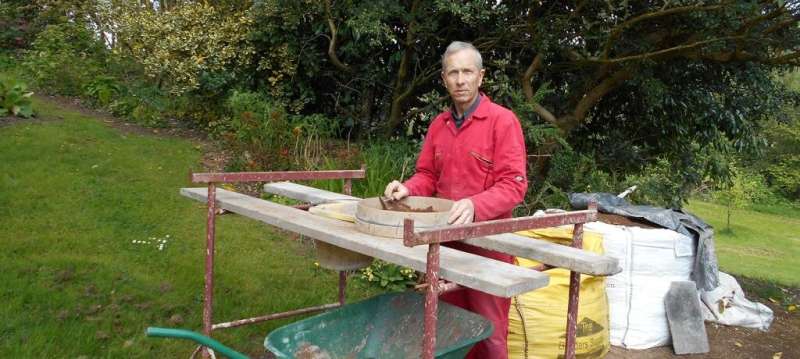
An international team led by archaeologists at the University of Central Lancashire (UCLan) has discovered the earliest human remains ever found in northern Britain.

The James Webb Space Telescope’s latest observations of icy molecules will help scientists understand how habitable planets form.
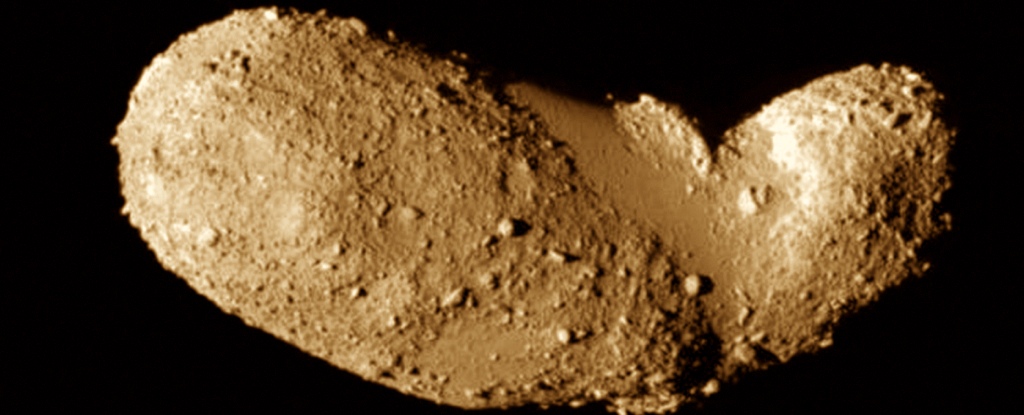
A new study published in the Proceedings of the National Academy of Sciences discovered that rubble pile asteroids are an extremely resistant type of asteroid and hard to destroy by collision.








